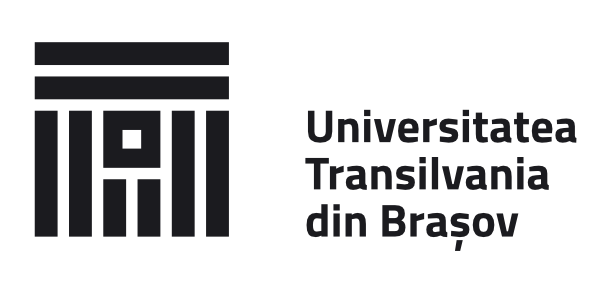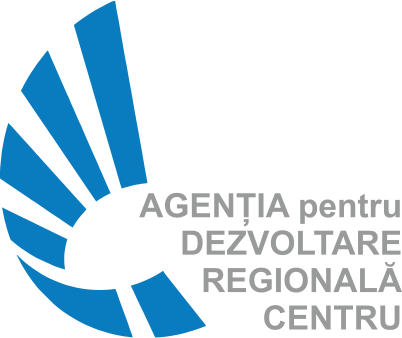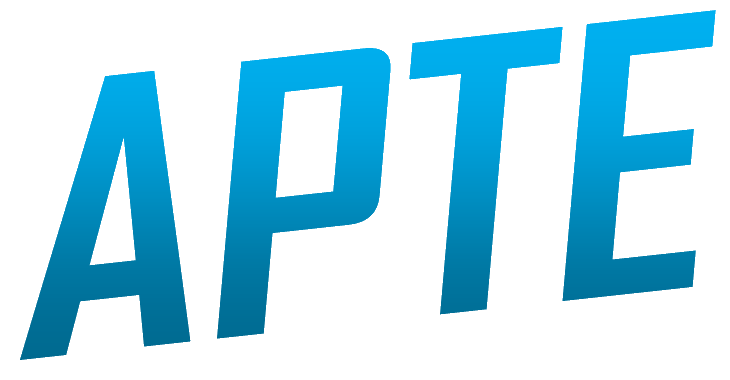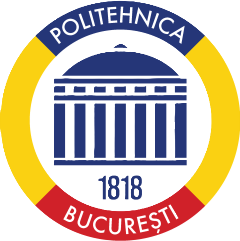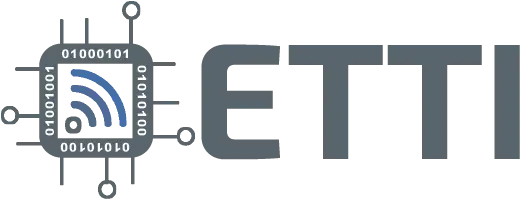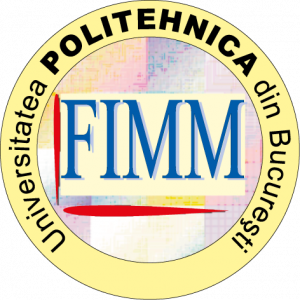PCB Design 007, an international recognized USA publication published the following article about TIE 2017 event.
The entire article can be read at: http://www.iconnect007.com/index.php/article/104820
Reading time 4 min (1171 words)
During the last week in April, the 26th Interconnection Techniques in Electronics (TIE) show was held at the Gheorghe Asachi Technical University in Iasi, Romaina, a wonderful hill town not unlike Rome. The event, a convention for the Romanian electronic packaging community, included a series of actions designed to draw smart young students to the electronics industry, which is clearly growing.
As usual, TIE drew representatives from the educational community in Romania (university and pre-university education), as well as members of Romania’s electronics industry and political leaders. TIE 2017 included two contests that focused on PCB design. The so-called “traditional TIE” contest brought together 38 students from 13 universities. All students, undergrads and post-grads, were ranked in the top three in their respective classes.
Participants had only four hours to create this PCB design, which was generated by a team of professionals from Continental Automotive Romania Timisoara, consisting of electronics engineers, PCB designers and thermal designers. Also assisting was TIE Industrial Co-Chair Cristian Gordan of Autoliv Romania. The design was imported into a PCB design CAD system by an expert with Microchip Technology Romania. This was validated by Prof. Norocel Codreanu of the Politehnica University of Bucharest.
The contest was designed so that its solution leads to a combination of rigid and flexible PCBs.
This year also marked the second edition of the TIE Plus contest, which welcomes doctoral students and post-docs within up to five years after obtaining a doctorate, in addition to undergraduate and master’s students. TIE Plus addresses signal and power integrity and is the concept of Dr. Catalin Negrea, under the aegis of Continental Automotive Romania Timisoara. This year’s contest focused on power integrity. The subject was developed by another team from the TIE Industrial Committee, composed of lead coordinator Dr. Catalin Negrea and Marcel Manafu, both from Continental. Evaluation of the solutions was provided by Alain Michel of ANSYS France and Danilo Di Febo of CST AG Italy.
In addition to the two primary contests, two workshops were held—one technical and the other dedicated to the human resources in the electronic industry.
Within the technical workshop, Prof. Dan Pitică and engineer Cosmin Moisa of Continental, addressed topical issues in the field of simulation of interconnection structures, thermal management or design of PCBs whose components are assembled using the pin-in-paste technique. This class highlighted the importance of integrator projects in the education of undergraduate students as “Best Practice” in universities. This type of project requires students to use the knowledge gained in previous semesters. The project basically goes through the stages of manufacturing of an electronic product, from the design phase to the production phase, and then passes through the test phase. In addition, students are asked to become accustomed to the concept of “milestone & delivery.” The curriculum has reached from entry level to the high end of electronic packaging, hopefully whetting industry’s appetite for the fruits of collaboration with the academic environment.
The HR workshop brought together managers of the technical and human resources departments from electronics companies in Romania: Miele, Continental Automotive, Marquardt, and Electra. The workshop was attended by deans and electronics faculty decision-makers from traditional universities such as Bucharest, Cluj, Iasi and Timisoara, as well as faculties formed over the last few decades (Brasov, Pitesti). Representatives of the Romanian Parliament who sit on the Education Commission were also present.
The TIE event “Strategic Partnership for Education” was opened by Prof. Tărniceriu Daniela, the dean of the Faculty of Electronics, Telecommunications and Information Technology of Iasi, who welcomed the participants on behalf of the faculty and highlighted the importance of the workshop in the context of the positive development of the electronic industry and ICT. The next speaker was the general manager of Miele Tehnica Braşov, Hartmut Hohaus, who underlined the positive evolution of the Strategic Partnership for Education conceived two years ago in Oradea during TIE 2015.
Since then there have been three more meetings, the one in Iasi being the fifth. A review of the results of the actions was made by the HR manager at Miele Tehnica Braşov, Aurelia Florea. He clearly pointed out the taken steps and the achieved results. Prof. Carmen Gerigan, the dean at Transylvania University in Brasov, presented some of the many actions aimed at attracting young high school students into engineering careers.
Professor Cristian Negrescu, dean of the Faculty of Electronics, Telecommunications and Information Technology of Bucharest, the oldest and largest faculty of electronics in Romania, presented an integrated industrial practices platform. In accordance with the curriculum structure, the practice takes place at the end of the sixth semester over 12 weeks. Students can choose their place of practice in accordance with the topic displayed, topics proposed by companies, and validated by the faculty. The dean’s program woke up a special interest among the participants, and finally the decision-makers from interested electronics faculties decided to meet and to analyze the possibility of creating an integrated practice platform at the national level. This ensures a better visibility of places of practice for students.
But the PCB design competition was particularly thrilling. Four competitors had an extremely close score, with three differentiated by only one point. The TIE Steering Committee decided to award one First Prize and three Second Prizes. First Prize went to Cojocariu Gheorghe from Ştefan cel Mare University of Suceava. The three students who tied for second place were Horbuli Mihnea-Gheorghe of the Politehnica University of Bucharest, Coca Octavian of the Technical University of Cluj Napoca, and Anechiţei-Diatcu Gavril-Cristian of Ştefan cel Mare University of Suceava.
After evaluating the solutions, TIE General Industrial Co-chair Cosmin Moisă, together with the Industrial Committee, set the representative minimum score for a product with manufacturing potential; attendees scoring higher than this were eligible to receive the Certificate of Competence in PCB Design. This year, the certificate was awarded to 17 participants. These winners, and the winners of the top technical prizes, will have an advantage when seeking PCB design jobs after they graduate.
The next day, over 30 participants visited Continental Automotive’s Iasi branch. They were welcomed by the location manager, Dr. Marian Petrescu and Dr. Bogdan Brânzilă. Presentations and visits to some R&D departments provided students with a great picture of the high level of products developed and tested by Continental Automotive Romania Iasi.
The founder and general chair of the event, Professor Paul Svasta, announced the next spring convention’s dates. This will be held in Pitesti between April 18-21, 2018, at the University of Pitesti. Potentially, attendees may be able to visit local facilities such as Dacia, part of the Renault Group, and Draexlmaier Romania.
The upcoming 2017 IEEE 23rd International Symposium for Design and Technology in Electronic Packaging (SIITME) focuses on bringing together a roundtable of university researchers, industry specialists, and experts dedicated to developing electronic products. This will take place in Constanta October 26-29, 2017.
Source: PCBDesign007 – http://www.iconnect007.com/index.php/article/104820/

